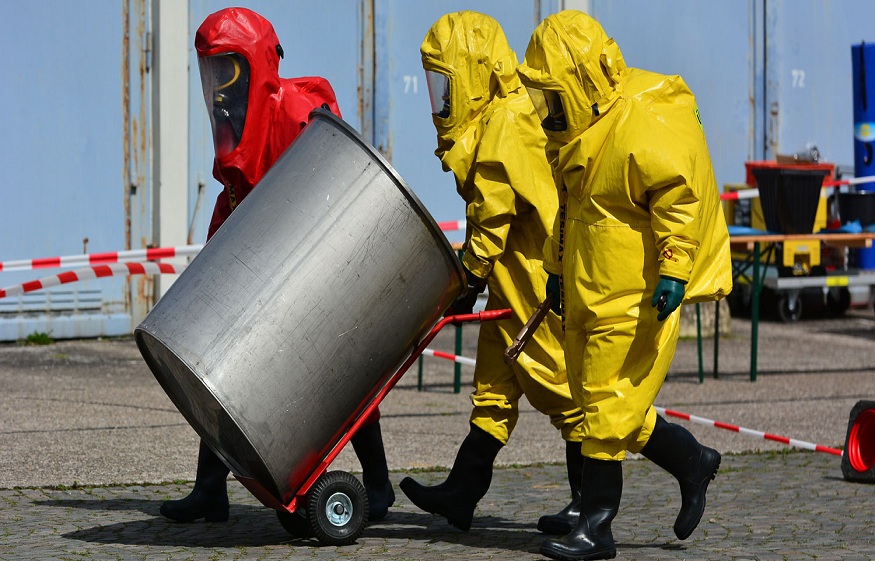When it comes to companies with an industrial focus, the safe transportation of chemicals is a crucial task that needs to be carried out regularly. Transporting hazardous chemicals requires strict adherence to laws and regulations to ensure the process remains compliant with health and safety standards. In this article, we will explore the best practices for transporting chemicals safely, including the types of containers to use, UN approval ratings, precautions to take, risk assessments, and the guidelines and regulations that need to be followed.
How to Transport Chemicals Safely
Transporting chemicals must be done in a safe, secure, and controlled manner to prevent accidents and spillages that could pose serious threats to human health and the environment. Choosing the appropriate container for storing or transporting dangerous chemicals is of utmost importance. Industrial containers are available in various sizes and materials, with plastic and steel being the most popular options.
Types of Containers for Transporting Chemicals
Different types of containers are suitable for safely transporting hazardous chemicals, depending on their nature and quantity. Here are some common options:
Plastic Drums: Plastic drums are a cost-effective choice for transporting chemicals in small quantities. They come in different sizes and can be either open head or tight head containers.
Steel Drums: Steel drums are ideal for transporting large volumes of hazardous chemicals. They are sturdy, durable, and resistant to external factors such as fire or impact.
The selection of the appropriate container will depend on the specific requirements of your transportation needs.
Ensuring Container Safety
Before transporting chemicals, it is essential to conduct a thorough examination of the containers to ensure their safety. Consider the following precautions:
Check for Leaks: Inspect the containers for any signs of leaks or damage to the lids or seals that could compromise their integrity.
Clean and Decontaminate: If reusing containers, ensure they have been adequately cleaned and decontaminated from any previously stored chemicals to prevent cross-contamination.
Consider Drum Liners: To provide an additional layer of protection, consider using drum liners as a shield between the container and the chemicals being transported.
Precautions for Transporting Chemicals
Transporting chemicals requires taking several precautions to ensure the safety of both the personnel involved and the environment. Before commencing the transportation process, consider the following measures:
Health and Safety Check
Perform a health and safety check on the containers to guarantee their suitability for transportation. This check involves inspecting the containers for any damages, such as large dents or excessive wear and tear. Containers should be in good condition and free from any defects that could compromise their ability to safely transport chemicals.
Risk Assessment
A detailed risk assessment is a crucial step in transporting chemicals safely. A qualified professional or knowledgeable staff member should conduct this assessment. The risk assessment should cover the following aspects:
Appropriate Containers: Ensure that the containers chosen are suitable and UN approved.
Container Integrity: Verify that the containers are not damaged and can securely hold the chemicals.
Proper Labeling: Containers should be appropriately labeled with international symbols to indicate the presence of hazardous substances.
Protective Equipment: Ensure that staff handling hazardous chemicals have adequate personal protective equipment (PPE) to minimize the risk of exposure.
Qualified Personnel: Staff members involved in the transportation process should possess the necessary qualifications and knowledge of health and safety practices.
Compliance with Legal Requirements: Verify that the transportation process aligns with legal regulations governing the transportation of hazardous chemicals, such as road transport regulations.
Emergency Procedures: Establish and document emergency procedures to be followed in the event of an accident or spillage during transportation.
The risk assessment should identify potential hazards and outline measures to minimize risks. Additionally, it should provide clear instructions on immediate actions to be taken in the event of an incident to mitigate harm.




